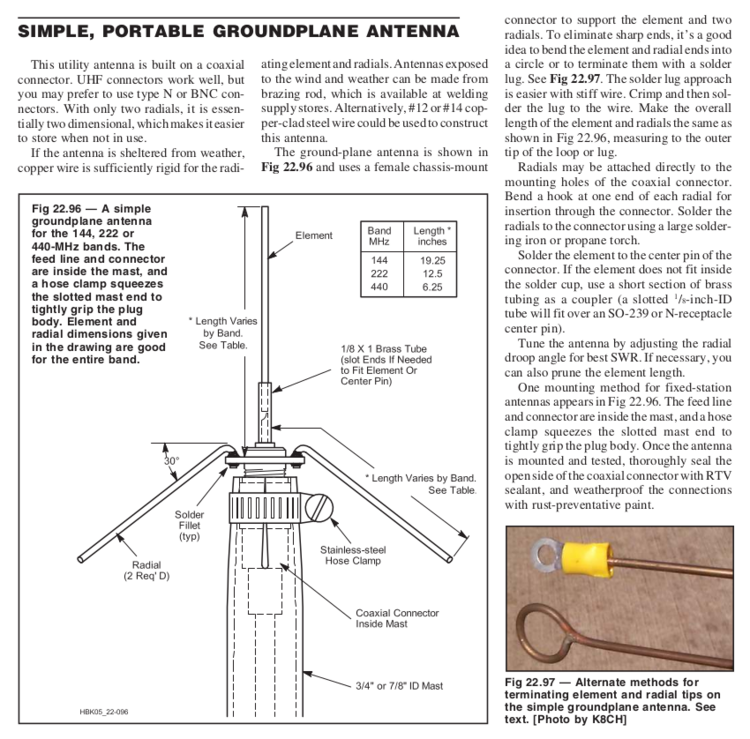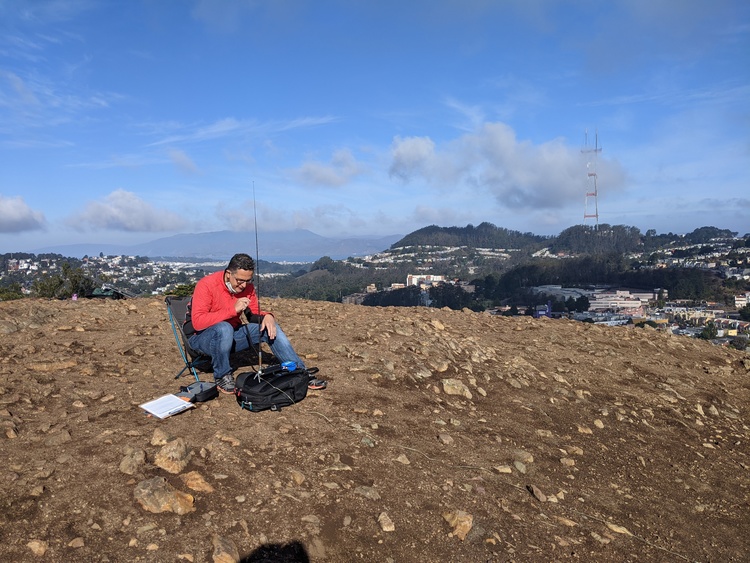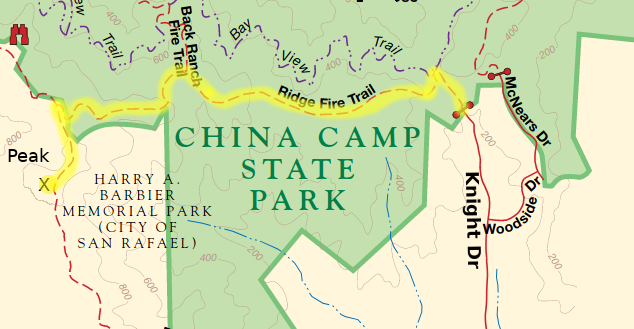Now that Solar Cycle 25 is upon us, I wanted to get active on the HF bands. My primary bands of interest are 40 and 20 meters, so I wanted to build a multi-band antenna for these frequencies. After some research, and wanting only one antenna connection for my Kenwood TS-2000 radio, I settled on a fan/parallel dipole antenna. It's very simple to build, and really hard to beat the performance of resonant dipoles.
Choke Balun
A balun is required when you are interfacing a BALanced device, such as a dipole antenna, to an UNbalanced device, such as a coaxial cable. Coaxial cables are unbalanced because from an RF perspective, there are actually 3 conductors in a coax cable: the center conductor, the inside of the shield, and the outside of the shield. The outside of the shield acts like another ground wire, and can bring RF energy and noise down into the shack.
This antenna and balun/choke design came from the 2008 ARRL Handbook for Radio Amateurs. I always encourage amateur radio operators to have ...
Read More →

